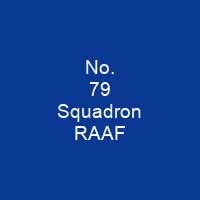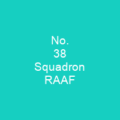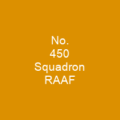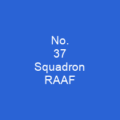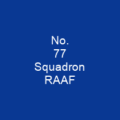No.79 Squadron was formed in May 1943 as a fighter unit equipped with Supermarine Spitfires. It saw combat in the South West Pacific theatre of World War II. Between June 1943 and the end of the war in August 1945 it flew air defence patrols to protect Allied bases and ships. It was disbanded in November 1945, but was re-formed between 1962 and 1968 to operate CAC Sabres from Ubon Air Base in Thailand. No. 79 Squadron was active again at RAAF Base Butterworth in Malaysia between 1986 and 1988. It has operated Hawk 127 jet training aircraft since 2000.
About No. 79 Squadron RAAF in brief

The allocation of 24 Spitfires to the squadron led to No. 1 Wing RAAF, which was stationed near Darwin and responsible for protecting the town against air attack, to suffer a shortage of these aircraft during June and July. No 79 Squadron moved to Goodenough Island in mid-May 1943 and began flying air defence sorties from there as part of No. 73 Wing. It did not intercept any Japanese aircraft while operating from this base. It moved to Kirwina Airfield on Kiriwina between 9 and 18 August, from where itoperated alongside the P- 40 Kittyhawks-equipped No. 76 Squadron. No Japanese raids were made on the airfield during the first weeks of the squadron’s deployment there, and its pilots were disappointed to not see combat while conducting patrols in support of United States Army Air Forces raids on Rabaul. In early October the squadron claimed its first victory when one of its Spitfires shot down a Kawasaki Ki-61 fighter 2 miles north of Kitava, New Guinea. After a training period of a few weeks No.79 squadron flew its first sweep over New Britain, however. The next day one ofits Spitfires were dispatched to Gasmata on New Britain to shoot down a Mitsubishi Ki-46 Ki-Dinah46 reconnaissance aircraft.
You want to know more about No. 79 Squadron RAAF?
This page is based on the article No. 79 Squadron RAAF published in Wikipedia (as of Dec. 08, 2020) and was automatically summarized using artificial intelligence.
